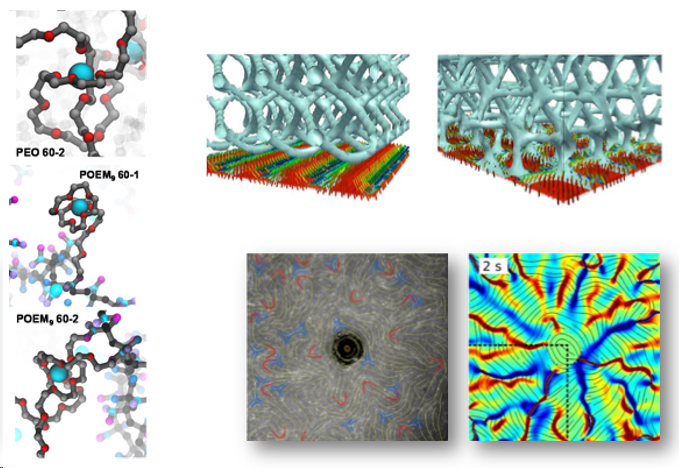Soft matter spans a wide spectrum of materials classes, including polymers, liquid crystals, colloids, nanoparticles, nanocomposites, surfactants, and complex fluids. Soft matter is pervasive in materials science and engineering, with a large subset of effort and emphasis placed on basic research and applications in energy-related fields. Tremendously diverse examples include organic photovoltaics, flexible electronics, electronic materials membranes for fuel cells, polymer redox flow batteries, membranes for lithium-ion batteries, water treatment and purification, sensors and biosensors, efficient displays, green chemistry and sustainability, active and autonomous matter, and light weight structural materials for building and transportation. Underpinning these technologies lie key scientific drivers in soft matter, including precision multiscale synthesis, hierarchical assembly of multifunctional materials from molecular to nanometer to meso and larger length scales, ease and simplicity of processing, and advantageous functionality in both equilibrium and non-equilibrium states.
Soft matter activities in MSD revolve around two complementary programs in polymer science and in active matter, with a focus on non-equilibrium, dynamical self-organization of soft-matter structures. Recent outcomes from MSD soft matter science include: fully predictive three-dimensional block copolymer assembly at interfaces from physics-based analysis of X-ray data, instability-driven pattern formation in a “living” liquid crystal, use of polymers precisely aligned with diamond nitrogen-vacancy centers for quantum sensing, and improved understanding of multivalent, hetero-charged polymeric systems. The MSD soft matter programs also impact projects in other MSD emphasis areas, such as electrochemical interfaces.
Like all MSD science, our soft matter activities are highly collaborative, with efforts linked to the Nanoscience and Technology Division (NST), Chemical Sciences and Engineering (CSE) Division, Math and Computer Science (MCS) Division, the Materials Manufacturing Innovation Center, and the Joint Center for Energy Storage Research (JCESR). Likewise, continuing efforts in the Midwest Integrated Center for Computational Materials (MICCoM) in the area of advanced sampling and machine learning applied to molecular dynamics help to set our overall soft-matter trajectory.
